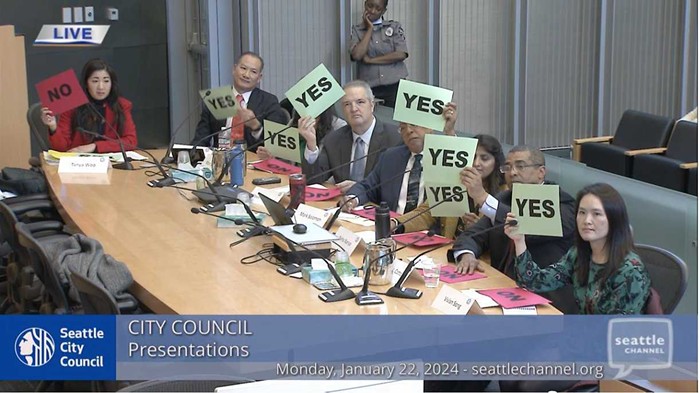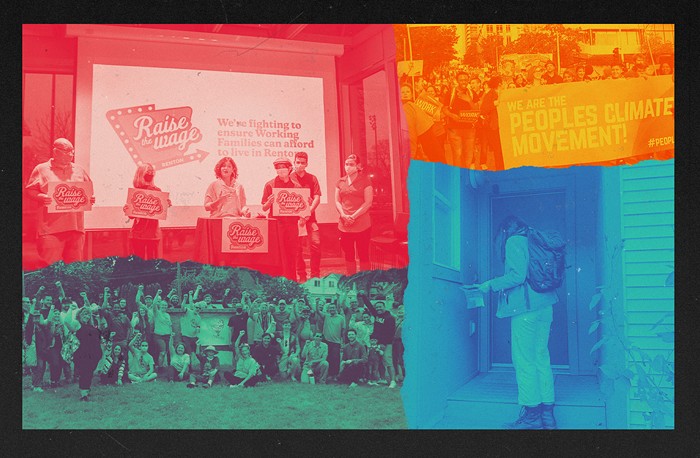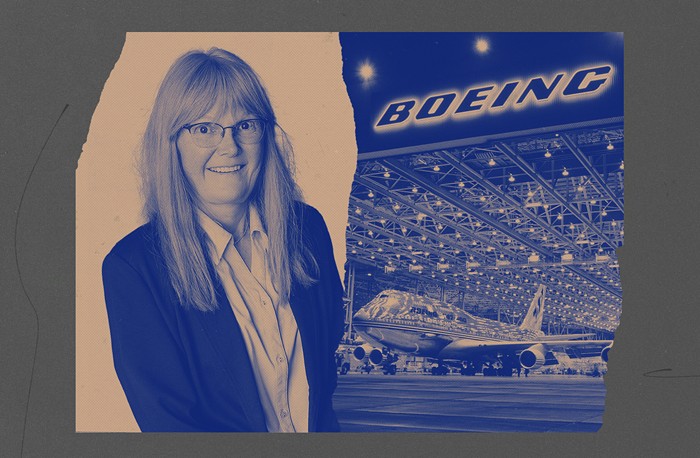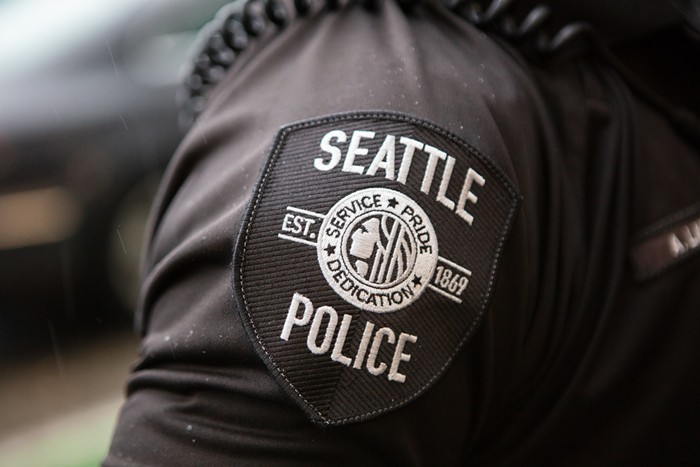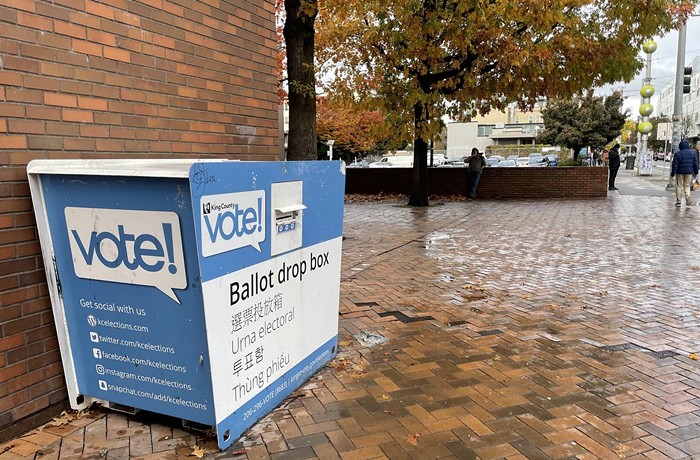More important: They've got a better case this time around. Namely, the fact that the statistics are in on the once-controversial, high-profile ban in New York City where smoking was outlawed in bars and restaurants in 2002. The ban took effect only after an all-out political brawl about whether the law would sink the city's famed nightlife, hurt businesses, and be widely ignored anyway. Three years later, the law is widely followed, the bars are still busy, and even smokers like it.
I was in NYC last week when the news from back home hit, so I checked in with bar owners, officials, and patrons to see how the ban was faring. "I'm all for it," said Lindsey Tucker, a 22-year-old smoker standing outside the entrance to Buttermilk, a hip bar in the Park Slope neighborhood of Brooklyn. "I love going to a bar and not smelling like shit when I go home."
Dr. Nancy Miller, assistant commissioner for tobacco control at the New York City Department of Health and Mental Hygiene, adds: "Although it may be hard for some to imagine what life is like without a smoky bar, believe me, life is better." You could say she's paid to say such things, but the statistics, opinion polls, economic data, and anecdotal evidence all back her up. Employment at New York bars and restaurants is up since the ban, as are requests to open new restaurants. In 2003, a Zogby poll found that 69 percent of New Yorkers support the law.
When, three years ago, New York Mayor Michael Bloomberg proposed the ban, a typically fulsome New York political fight ensued. Bloomberg was dogged by pro-smoking hecklers; bar owners appeared at city council meetings wearing shirts that read, "Hey Mike, Butt Out;" and James McBratney, president of the Staten Island Restaurant and Tavern Association, found predicted economic ruin.
I called McBratney as soon as I got to New York because he had recently been quoted in the New York Times. The Times article found no economic harm and a lot of smoking ban converts, including McBratney himself.
"I was absolutely, positively, strong, strong, against it," McBratney says, speaking by phone from his blue-collar Staten Island bar and restaurant, Jimmy Max. His business is doing fine and even his smoking customers say they like the ban, McBratney says: "I'll tell you the truth, I don't know that there is an economic argument [against the ban]."
Anti-smoking activists will be able to buttress the high-profile New York lesson with Pierce County's experience: During its smoking ban, eating and drinking retail sales went up by $12 million while 300 more food service and drinking establishment jobs were added, according to data from the board of health.
Backers of the campaign to put a smoking ban on the November ballot will frame the issue as a worker-protection measure: Waiters and bartenders in smoky establishments are far more likely to die from lung cancer and heart disease.
"We're OK with environmental pollution in the workplace?" asked Kevin Phelps, chair of the Pierce County Board of Health and an initiative supporter. " Of all places that would be supportive [of a ban], you'd think it would be Washington."

